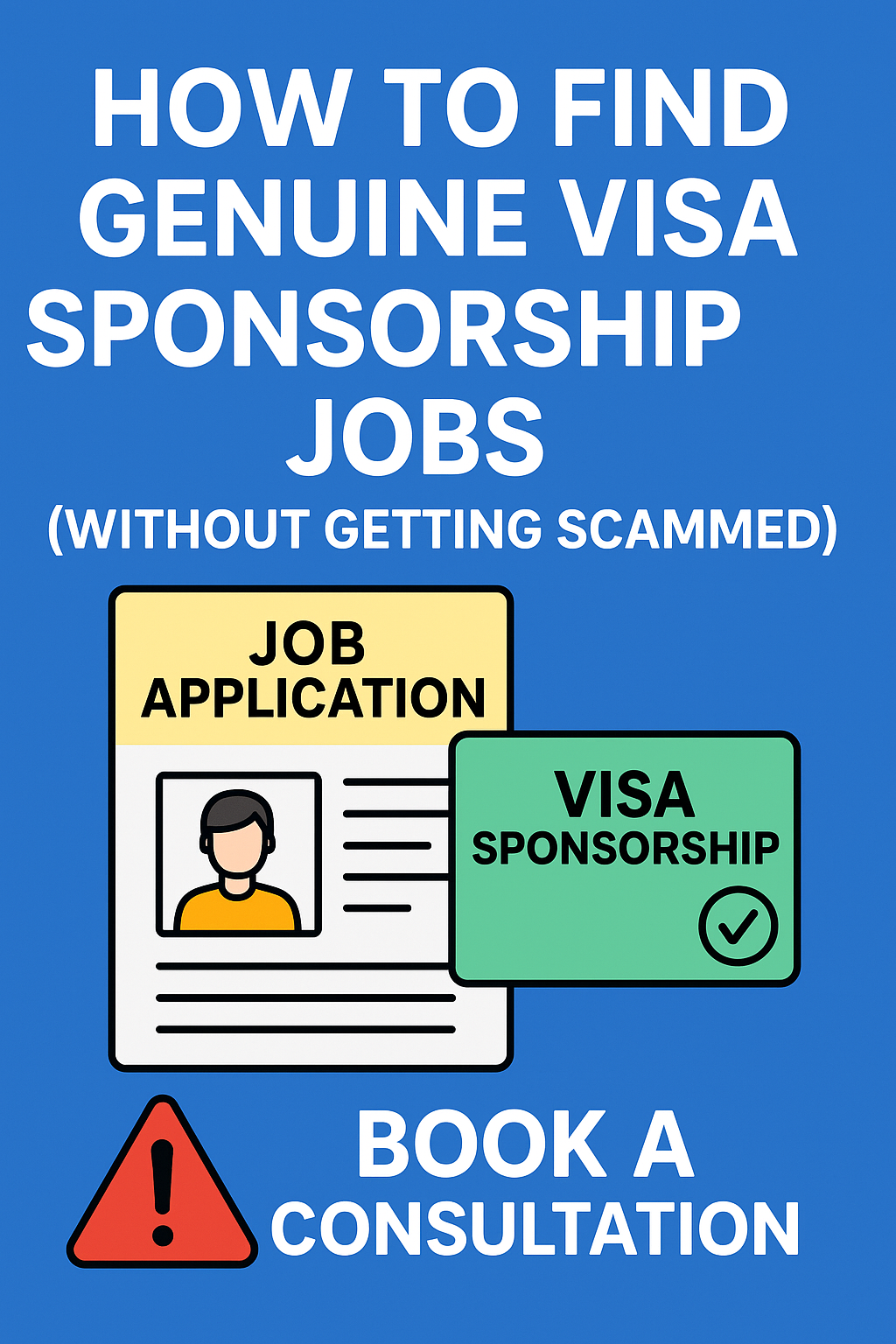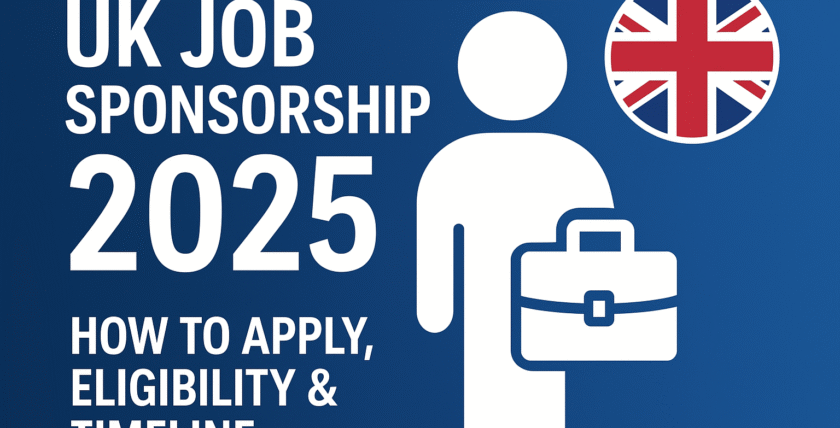UK Spousal (Partner) Visa – H1: Step-by-Step Guide (2025) – This guide explains everything a sponsor (British / settled person) and applicant need to know to apply for — or extend — a UK spouse/partner visa in 2025: eligibility, documents, financial tests, English requirements, fees, biometric steps, timelines, and next steps toward settlement.
Quick summary (at a glance)
-
Minimum income (new applications from 11 April 2024 onwards): £29,000 combined.
-
Transitional rule (extensions if first applied before 11 April 2024): £18,600 combined.
-
Application fee (typical): £1,938 if applying from outside the UK; £1,321 if applying inside the UK.
-
Immigration Health Surcharge (IHS): £1,035 per year for most adult applicants (payable as part of the application).
-
Processing time: Usually ~12 weeks if applying from outside the UK; ~8 weeks if applying inside the UK (when meeting income/English requirements).
H2 — Step 1: Check basic eligibility
You (the applicant) can apply as a partner/spouse if:
-
You and your partner are 18 or over.
-
Your partner is either a British or Irish citizen, settled in the UK, has eligible pre-settled status, or another qualifying status.
-
Your relationship is genuine and subsisting, and you intend to live together permanently in the UK.
(See GOV.UK guidance for full definitions and exceptions.)
H2 — Step 2: Meet the financial requirements (how much money you need)
Minimum income threshold
-
New partner/spouse applications (from 11 April 2024): £29,000 combined income per year.
-
If your partner applied before 11 April 2024 and you’re extending: £18,600 combined per year.
Child add-ons: if applying with dependent children, extra amounts may apply (e.g. £3,800 for the first child, £2,400 per additional child in many cases) — check GOV.UK guidance.
How can you meet the threshold
Allowed income sources include (examples):
-
Employment income: payslips (usually 6 months), employer letter, bank statements.
-
Self-employment: HMRC self-assessment (SA302), business accounts, tax records.
-
Pension income, maternity pay, or some benefits (varies — check rules).
-
Cash savings (see formula below). (Specified evidence required.)
Using cash savings — exact calculation (showing arithmetic)
If you rely only on cash savings (no regular income), the Appendix FM rules use this formula:
-
Multiply the annual minimum income by 2.5 (the length of the initial grant in years).
-
Add £16,000 (the base amount of savings that don’t count towards the threshold).
Example for £29,000 threshold:
-
Step A: 29,000 × 2 = 58,000.
-
Step B: 29,000 × 0.5 = 14,500.
-
Step C (A + B): 58,000 + 14,500 = 72,500.
-
Step D: 72,500 + 16,000 = 88,500.
So: £88,500 in cash savings (held for the required period) is the typical figure if you rely solely on savings to meet a £29,000 threshold.
Notes: savings must usually be in accessible bank accounts and held for a continuous period (often 6 months) — see Appendix FM-SE for evidence rules. GOV.UK
H2 — Step 3: English language requirement
-
First (initial) family visa application: you must prove CEFR A1 (speaking & listening) unless you qualify for an exemption (e.g., you’re from a majority English-speaking country, or have a degree taught in English).
-
When extending (after 2.5 years): you will usually need at least A2 speaking & listening (or rely on previous higher-level test).
Approved SELT (Secure English Language Tests) providers are listed on GOV.UK; check accepted tests and exemptions.
H2 — Step 4: Documents & evidence checklist (practical)
Collect clear, certified (where required) originals and scanned copies. Typical required documents:
Identity & civil status
-
Current passport(s) for applicant and sponsor.
-
Full marriage / civil partnership certificate or evidence of long-term partnership (if unmarried partner: proof of 2+ years cohabitation in many cases).
Proof of sponsor’s status
-
Sponsor’s British passport / proof of settled status / BRP / evidence of permanent residence.
Relationship evidence (genuineness)
-
Photos together, travel tickets, joint bills, joint tenancy/ mortgage or utility bills, messages/emails, letters addressed to both of you. (Provide a range of sources and cover a period of time.)
Financial evidence
-
Employed: employer letter, payslips (usually 6 months), bank statements showing salary paid (6 months).
-
Self-employed: HMRC SA302s, tax returns, business bank statements, accountant’s letter.
-
Savings: bank statements showing amount held for required period (often 6 months).
Accommodation
-
Tenancy agreement, mortgage statement, council tax bills, or a letter confirming accommodation capacity (no overcrowding).
Health
-
TB test certificate if you have lived in a listed country for 6 months or more in the last 6 months (list on GOV.UK).
Other
-
Criminal record certificates if requested, divorce/death certificates for previous marriages (if relevant).
Tip: prepare a short covering letter that explains the evidence set and how it meets Appendix FM categories — it helps the caseworker navigate your bundle.
H2 — Step 5: Fees, IHS & premium services — (exact figures & examples)
Application fees (2025 figures):
-
Apply from outside the UK (entry clearance): £1,938 (Route to Settlement fee line in Home Office table).
-
Apply inside the UK (leave to remain): £1,321 (typical ‘leave to remain’ fee).
Immigration Health Surcharge (IHS):
-
£1,035 per year for most adult visa applicants (students/youth rates differ). For a 3-year visa that’s £1,035 × 3 = £3,105 (example on GOV.UK).
Premium processing options (optional):
-
Priority service: ~£500 (to expedite decisions).
-
Super-priority: ~£1,000 (next working day decisions inside UK). (Fees vary by service and location; check latest Home Office fee table).
Example (approximate total cost applying from outside)
-
Application fee: £1,938.
-
IHS for ~3 years: £3,105.
Total (no priority): 1,938 + 3,105 = £5,043.
(If you add priority or translations/interpreter costs, add those on top.)
H2 — Step 6: How to apply (practical sequence)
-
Fill the online application form on GOV.UK for the family/partner route and pay the application fee and IHS when prompted.
-
Book and attend biometric appointment at a Visa Application Centre / UKVCAS to provide fingerprints and photo. You’ll be told whether to upload documents online or bring them to your appointment.
-
If required, get a TB chest x-ray at an approved clinic and include the certificate.
-
Pay for priority/super-priority if you need a faster decision (optional).
-
Submit any additional evidence requested during the process.
H2 — Step 7: Waiting for the decision & what happens if approved
-
Processing standards: ~12 weeks for applications made outside the UK; ~8 weeks inside the UK (for cases that meet financial and English requirements). You can pay for expedited services where available.
If approved (applying from outside):
-
You will typically receive a 30-day travel vignette in your passport to enter the UK (or an eVisa notice). After arrival you must collect your BRP (or use the eVisa system) as instructed — usually within 10 days of arrival or before the vignette expires (whichever is later).
H2 — Step 8: Arrival & practical to-dos
-
Collect your BRP / confirm eVisa per instructions. (Failure to collect may cause problems.) UK Government Publishing
-
Register with a GP, open a bank account, apply for a National Insurance (NI) number when eligible, start work (if permission allows) — keep evidence of residence & work for future ILR.
-
Keep every payslip, tenancy agreement and bank statement — you’ll need these when you extend or apply for settlement (ILR).
H2 — Extending the visa & getting Indefinite Leave to Remain (ILR)
-
Initial length: If applying from outside, the grant is usually 2 years 9 months (33 months); if applying/switching inside the UK, leave usually granted for 30 months. (You then apply to extend before this expires.) GOV.UK+1
-
ILR (settlement): Typically available after 5 years on the partner route, subject to meeting financial, relationship, residence, English and Life in the UK test requirements (B1 for ILR).
H2 — Common pitfalls & tips
-
Don’t submit thin or inconsistent relationship evidence. Provide varied joint documents across dates.
-
If relying on savings, ensure funds are held for the required continuous period (often 6 months) and in permitted accounts.
-
Check TB list early — book accepted clinic if needed (some applicants must travel to a neighbouring country if no clinics exist).
-
Avoid third-party copycat sites charging extra — always start on GOV.UK. (Pay only official fees at application time.)
-
If your case is borderline (complex finances, criminal records, previous immigration history), consult an immigration adviser/solicitor.
H2 — Useful GOV.UK pages (official)
-
Family visas overview & apply as partner/spouse.
-
Financial requirement / proof of income (Appendix FM details).
-
Immigration Health Surcharge (IHS) costs.
-
Visa Fees table & premium services.
-
TB test guidance & country list.
H2 — FAQ (short)
Q: How long does the partner/spouse visa take?
A: Usually ~12 weeks if applying from outside and ~8 weeks if applying inside the UK (when meeting requirements). You can pay for priority services.
Q: How much income do I need?
A: £29,000 combined annually for new applications on/after 11 April 2024 (transitional £18,600 for those extending under earlier grants).
Q: Can I use savings?
A: Yes. If relying solely on cash savings you will typically need £88,500 (formula: 29,000 × 2.5 + 16,000 = 88,500).
Q: Do I need a TB test?
A: Only if you’ve lived in a listed country for 6 months or more in the last 6 months — check the GOV.UK list.
Q: How soon can I apply for settlement (ILR)?
A: Usually after 5 years on the partner route (subject to meeting other requirements such as English level and Life in the UK test).
Also:


